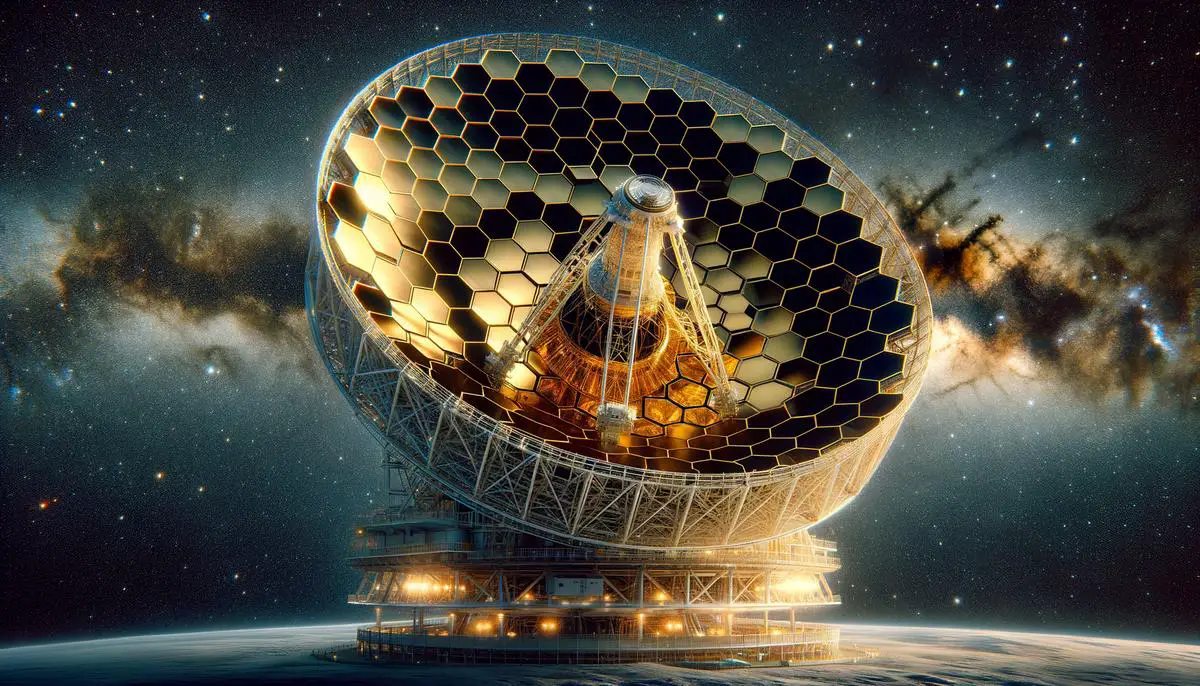JWST's Location and Orbit
The James Webb Space Telescope (JWST) occupies the L2 point, approximately 1.5 million kilometers from Earth. This location keeps the Sun, Earth, and Moon aligned, ensuring the telescope always faces away from these infrared sources. This positioning reduces thermal interference and maintains JWST's temperature at around -230°C.
Unlike Hubble, which orbits 570 kilometers above Earth, JWST sits at this Lagrange point. It orbits the Sun behind Earth, maintaining a position where the gravitational forces between the Sun and Earth balance out.
JWST's orbit isn't static — it follows a halo orbit around L2. This maneuver keeps it stable while observing the universe. The observatory's precise mid-course corrections minimized fuel consumption, potentially extending its lifespan beyond a decade.
This location offers JWST a 40% daily sky view. Its heat shield, resembling a tennis court made of layers, protects the instruments from the Sun's heat. Unlike Hubble, which contends with Earth's shadow every 90 minutes, JWST avoids such thermal stress.
At L2, JWST faces challenges like cosmic radiation and micrometeoroids. However, it's built with resilience in mind and stays shielded from abrupt temperature changes. This location ensures fewer interruptions in JWST's mission to peer back in time and across the cosmos.
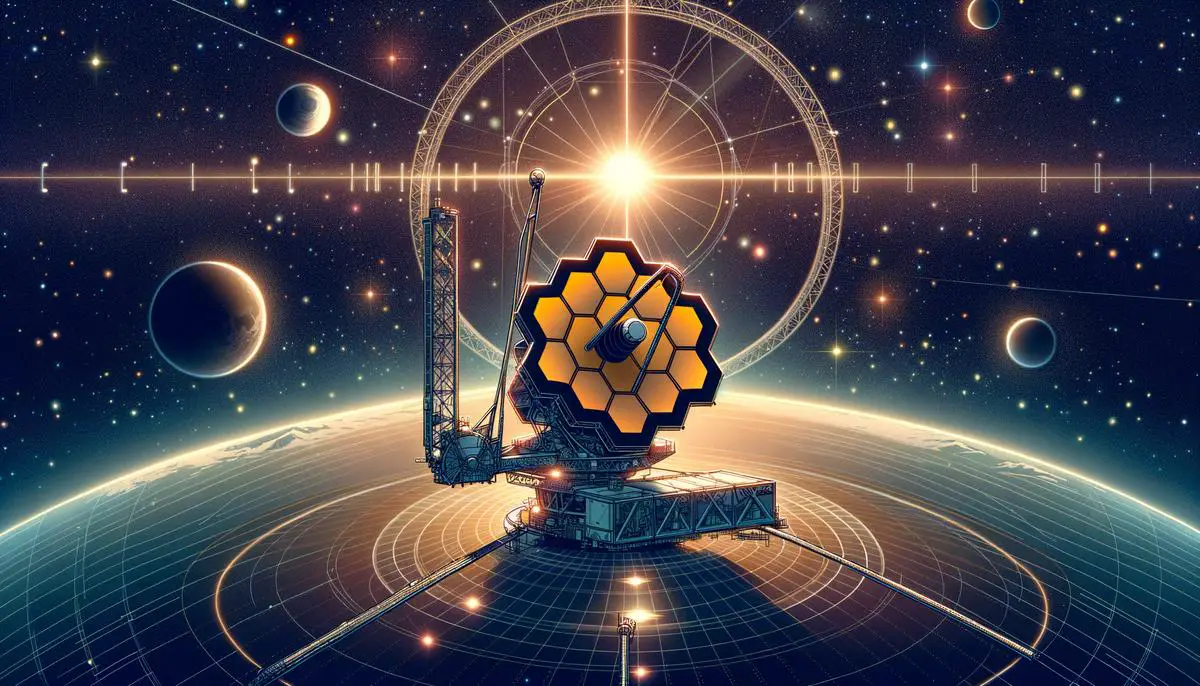
Infrared Observation Techniques
The James Webb Space Telescope (JWST) is equipped with infrared vision, a capability that significantly enhances our ability to study the universe. While the Hubble Space Telescope primarily observes in the optical and near-infrared spectrum, JWST can observe in mid-infrared wavelengths, ranging from 0.6 to 28.5 microns.
JWST's advanced instruments, specifically the Near InfraRed Camera (NIRCam) and the Mid InfraRed Instrument (MIRI), allow it to reveal hidden structures within distant galaxies and offer insights into stellar nurseries. This capability is approximately 1,000 times more powerful than its predecessor, Spitzer, offering unprecedented clarity and depth in cosmic observations.
By observing in infrared, JWST can penetrate dense cosmic dust clouds, revealing:
- The formation of stars
- The birth of planets
- The evolution of galaxies
This makes it an essential tool for understanding stellar evolution, galaxy formation, and the origins of our solar system.
JWST's infrared prowess enables it to detect the earliest galaxies forming after the Big Bang — those with light more redshifted than what Hubble could observe. This ability to peer farther back in time allows astronomers to piece together a more comprehensive cosmic history.
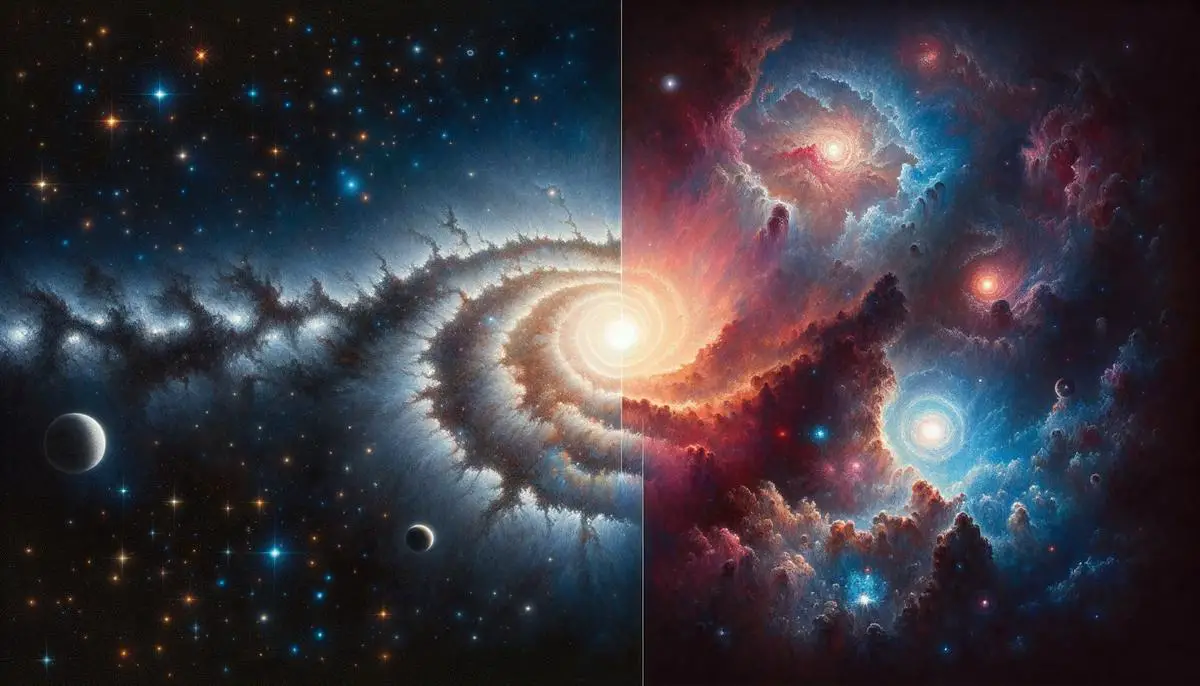
Tracking Moving Targets
The James Webb Space Telescope (JWST) excels at tracking moving celestial bodies, including asteroids, planets, and Kuiper Belt objects. It can track targets at rates up to 108 arcseconds per hour (30 milliarcseconds per second), sufficient to keep even Mars in sight from its position at the L2 point.
JWST's field of regard is defined by its solar elongation angle, ranging from 85 to 135 degrees. This ensures the telescope never looks directly at the Sun, protecting its sensitive infrared instruments. However, this limitation means JWST can view only 40% of the sky at any given time and cannot make observations near opposition.
The telescope's available roll angles for its boresight are narrow, merely ±5 degrees for observations near the ecliptic. For targets at higher ecliptic latitudes, wider orientation ranges are available based on the epoch.
JWST uses tracking stars to maintain focus, with a guide star remaining within the Field of View (FOV) of the guider. For moving target observations, the FOV of 2.0′ x 2.0′ is crucial, dictating exposure times to ensure no detail is missed.
The observatory leverages the JPL Horizons system and the jwst_mtvt Python package to predict visibility and track shifting targets. This approach allows JWST to navigate cosmic timing and maintain its stellar observations effectively.
Instrumentation and Calibration
The James Webb Space Telescope (JWST) is equipped with four main instruments:
- Near InfraRed Camera (NIRCam)
- Near InfraRed Spectrometer (NIRSpec)
- Mid InfraRed Instrument (MIRI)
- Fine Guidance Sensor/Near InfraRed Imager and Slitless Spectrograph (FGS/NIRISS)
NIRCam captures high-resolution images and serves as a wavefront sensor during the telescope's optical alignment. It operates across infrared wavelengths from 0.6 to 5 microns, revealing stellar nurseries and distant galaxies hidden in cosmic dust.
NIRSpec analyzes the chemical composition of celestial objects. Its micro-shutter array can observe up to 100 targets simultaneously, working in the range of 0.6 to 5 microns to identify signatures of elements and molecules.
MIRI spans wavelengths from 5 to 28.5 microns, peering through cosmic obscurity to reveal cooler components of the universe. It focuses on capturing distant galactic cores, dust-enshrouded stars, and planet-forming disks.
FGS/NIRISS maintains the telescope's steady gaze and acts as a detector, charting the heavens with remarkable accuracy. NIRISS captures images and spectra across near-infrared wavelengths, specializing in exoplanet exploration.
These instruments undergo rigorous testing and validation on Earth before launch. In space, engineers continue to fine-tune them to account for the ambient conditions of the deep cold void. Precise calibration checks utilize stellar targets to ensure accuracy in readings, anchoring each spectral observation in certainty.
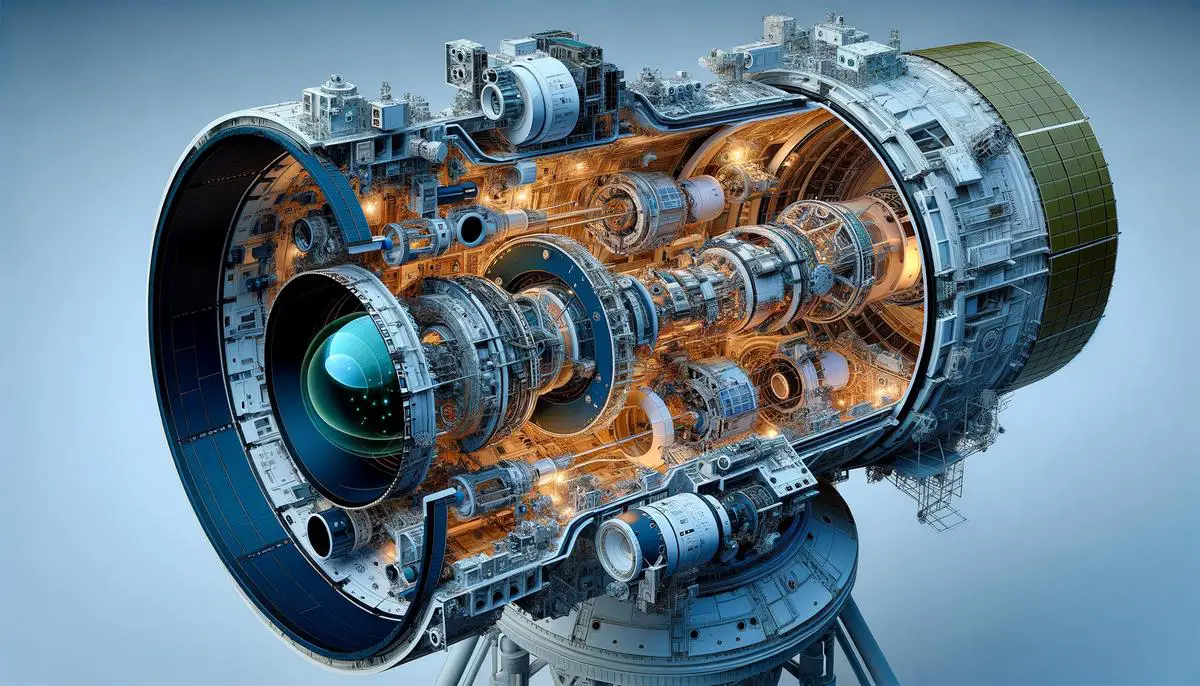
Addressing the Hubble Tension
The James Webb Space Telescope (JWST) plays a crucial role in addressing the Hubble tension, a debate over the universe's expansion rate. The Hubble constant, which measures this rate, has shown discrepancies between values derived from early universe observations and those from more recent cosmic distance measurements.
JWST's capabilities allow for more precise measurements of:
- Cepheid variables: Stars with predictable brightness fluctuations
- Type Ia supernovas: Explosions serving as standard candles due to their uniform brightness
Previous discrepancies in Hubble constant measurements were partly attributed to unresolved pixels and light contamination in Hubble's observations. JWST's superior infrared clarity and resolution help mitigate these issues, providing cleaner data for analysis.
While JWST's data is still in the early stages, its potential impact on the Hubble tension debate is significant. By reducing measurement errors, JWST may help reconcile the differences between cosmic microwave background predictions and observations of nearby celestial objects, potentially bringing us closer to resolving the Hubble tension.
"Based on these new JWST data and using three independent methods, we do not find strong evidence for a Hubble tension," said Wendy Freedman in a statement. "To the contrary, it looks like our standard cosmological model for explaining the evolution of the universe is holding up."
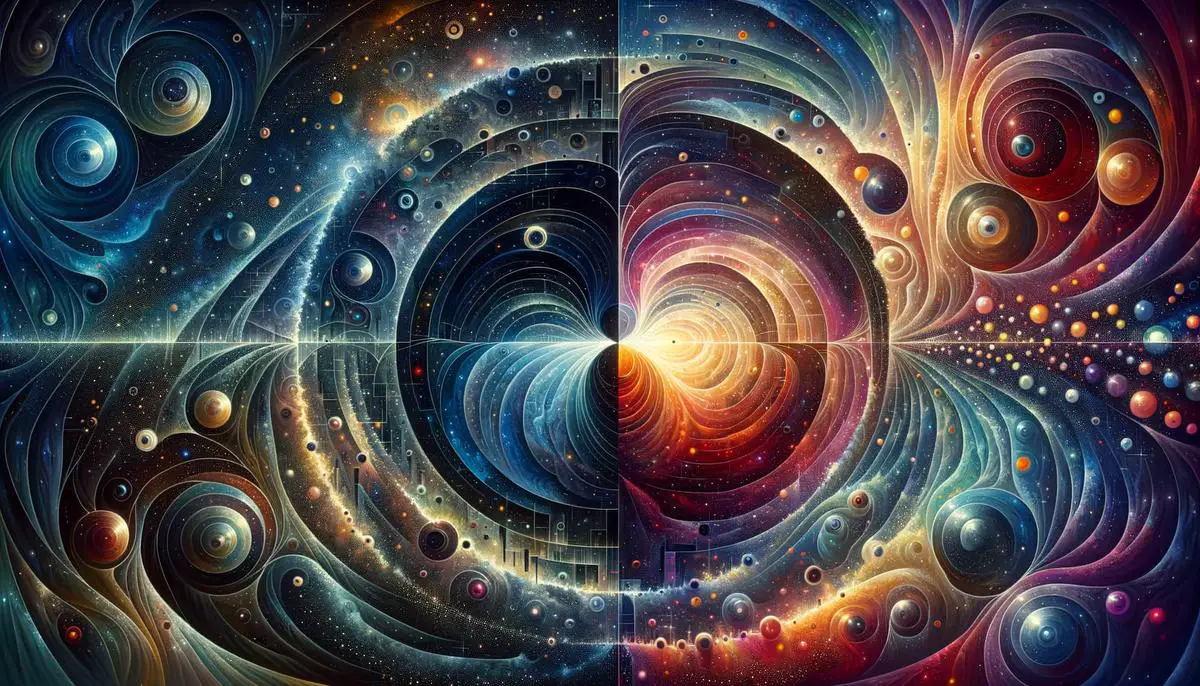
The James Webb Space Telescope enhances our understanding of celestial phenomena through its advanced capabilities. As it continues its mission, JWST refines our perception of the cosmos, bridging gaps in knowledge and inspiring further exploration.
-
1. Milam SN, Hammel HB, Biver N, et al. The James Webb Space Telescope: Exploring Solar System Science. Publ Astron Soc Pac. 2016;128(959):018001.
2. Riess AG, Yuan W, Macri LM, et al. A Comprehensive Measurement of the Local Value of the Hubble Constant with 1 km/s/Mpc Uncertainty from the Hubble Space Telescope and the SH0ES Team. Astrophys J. 2022;934(1):L7.
3. Freedman WL, Madore BF, Hoyt T, et al. Calibration of the Tip of the Red Giant Branch (TRGB). Astrophys J. 2020;891(1):57.
![]()
